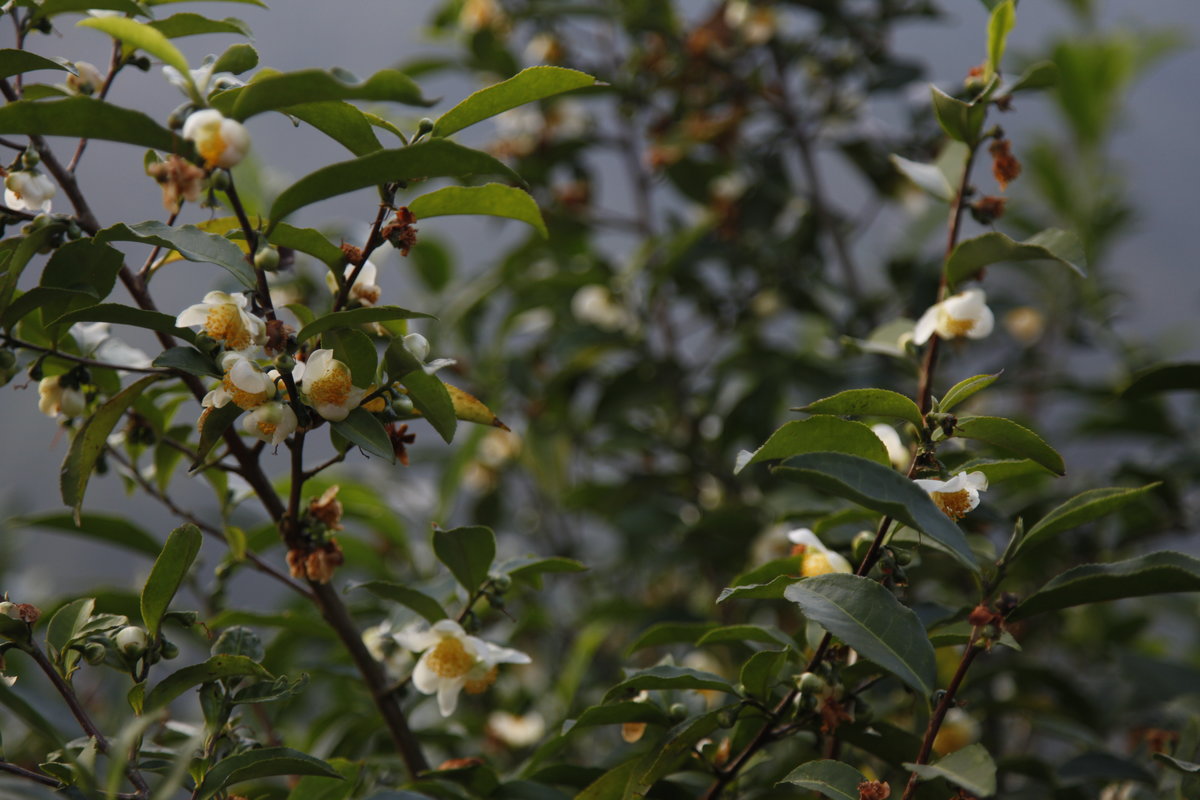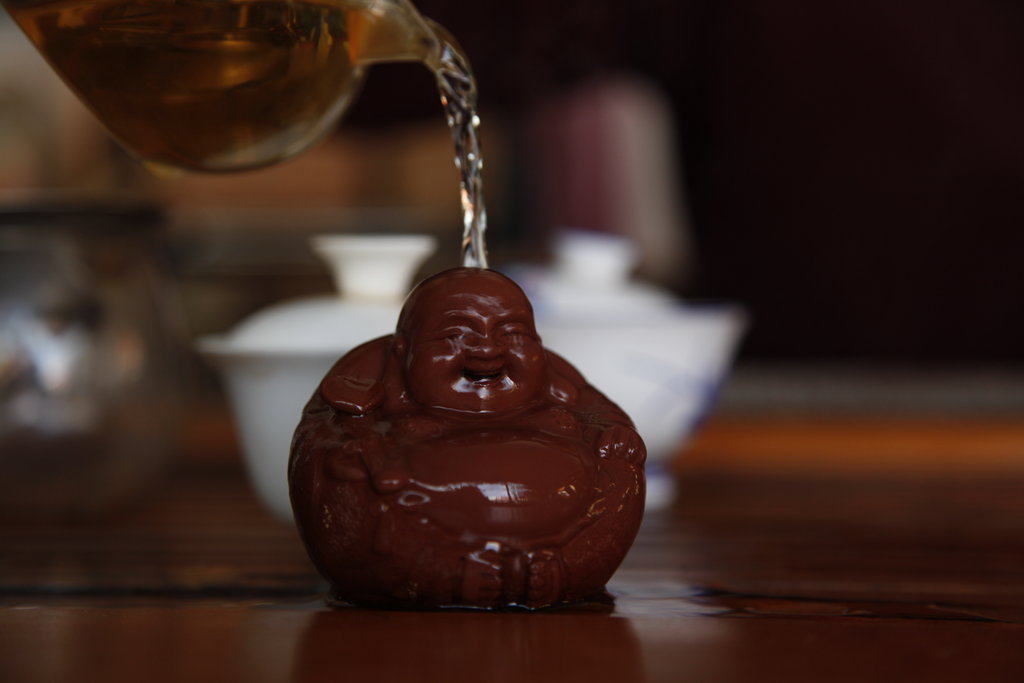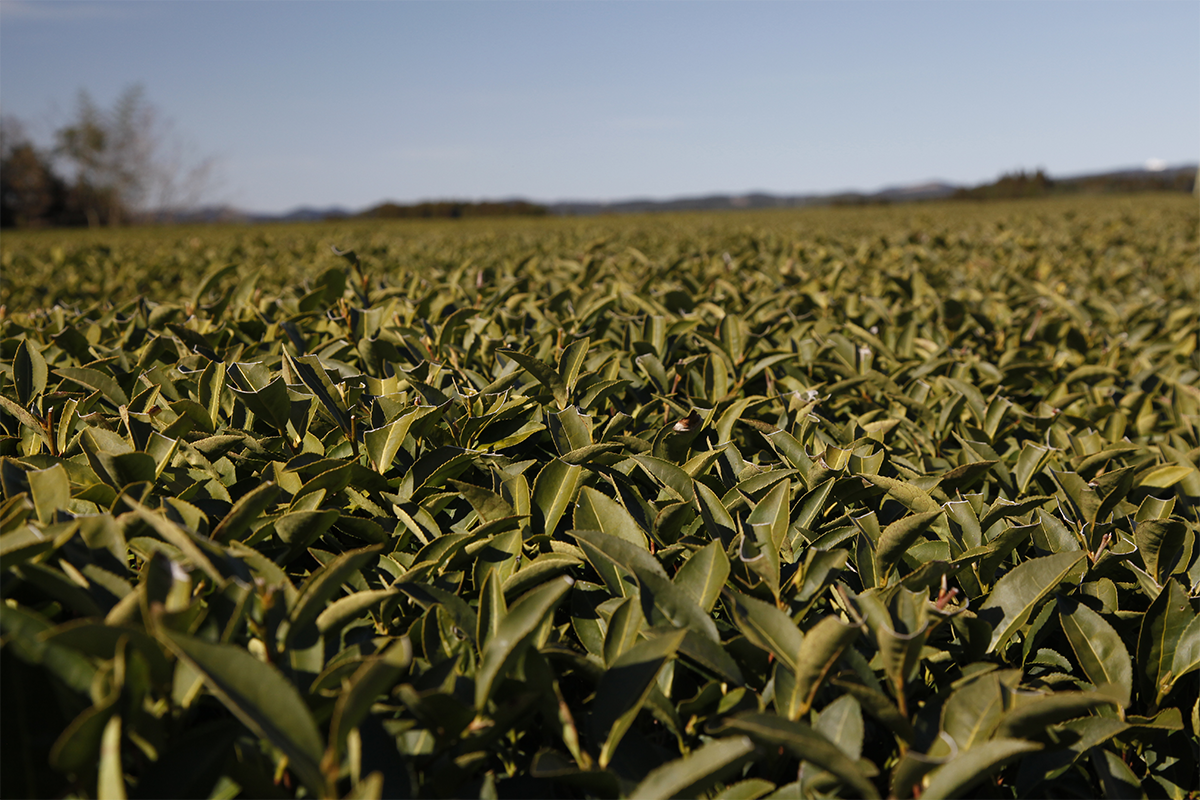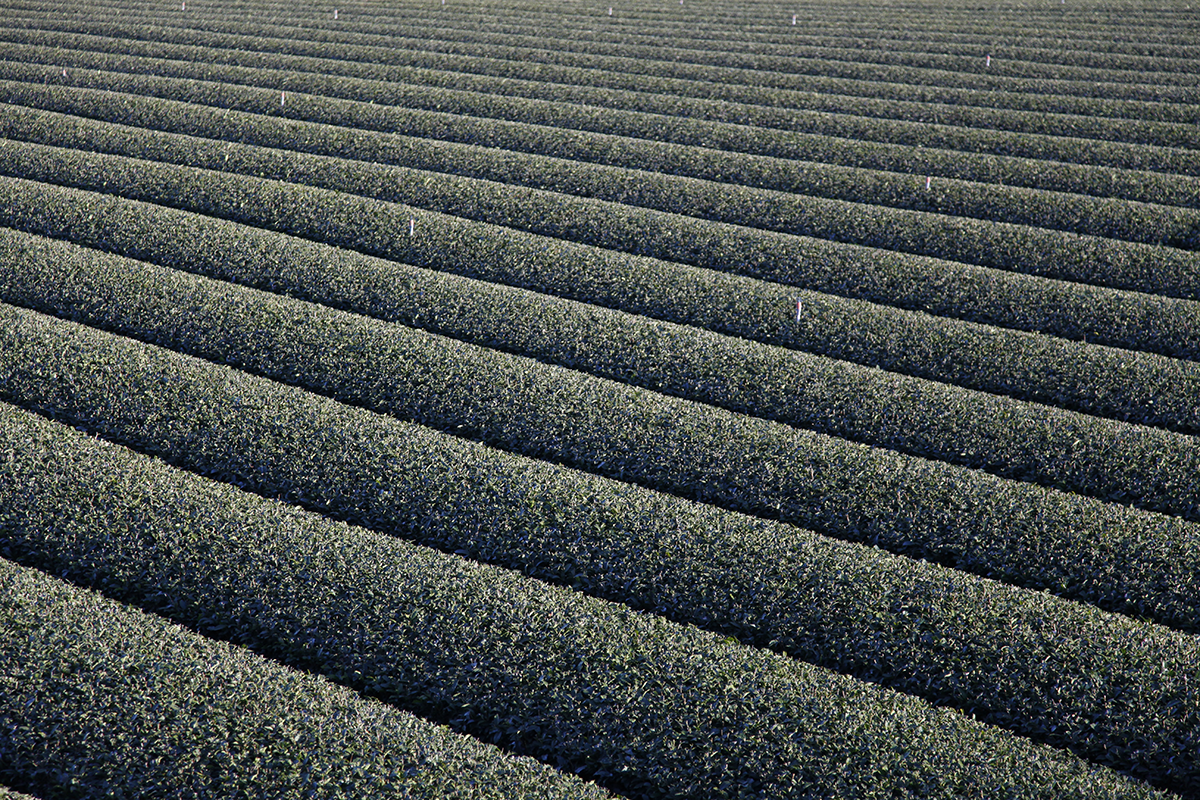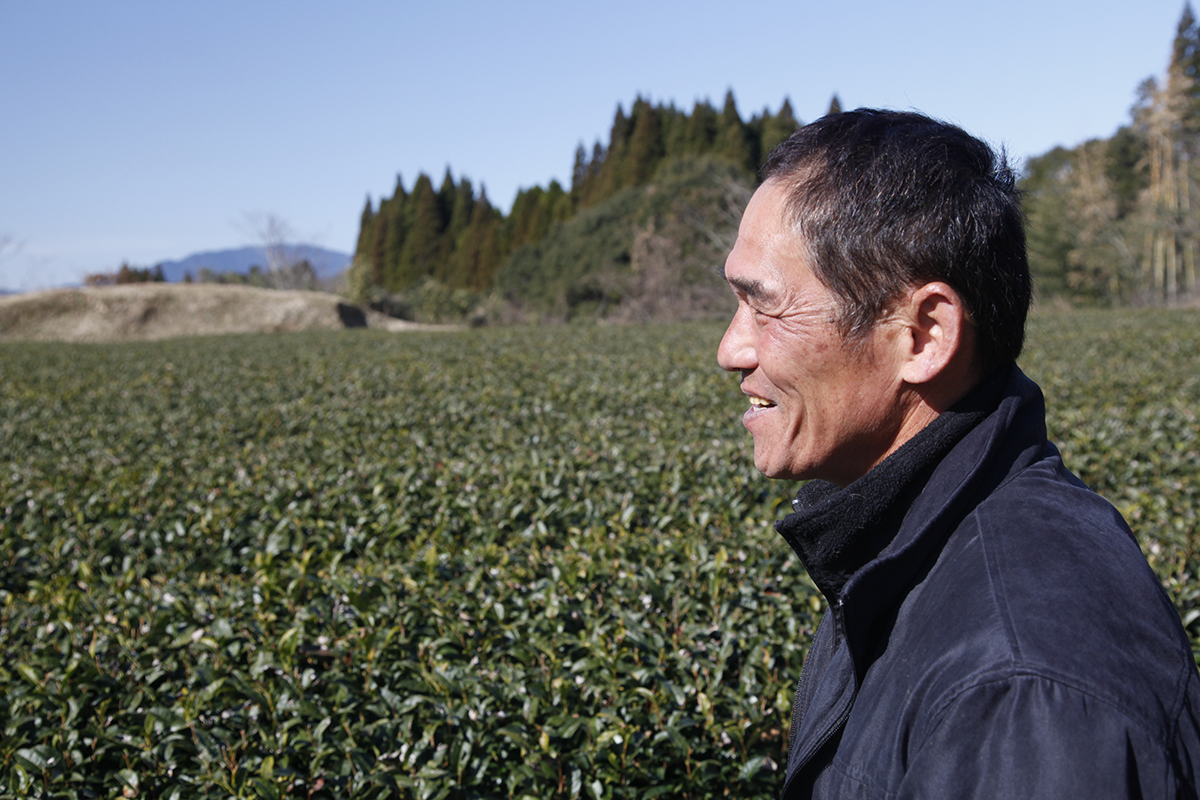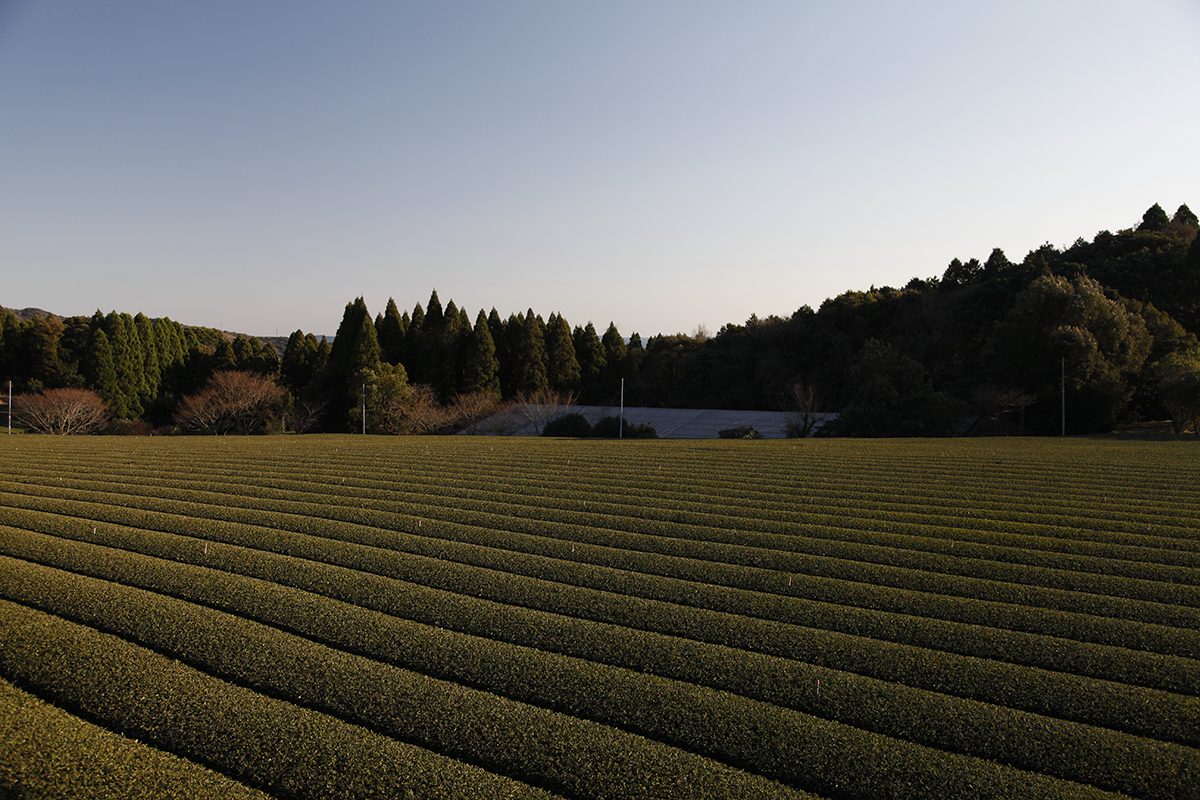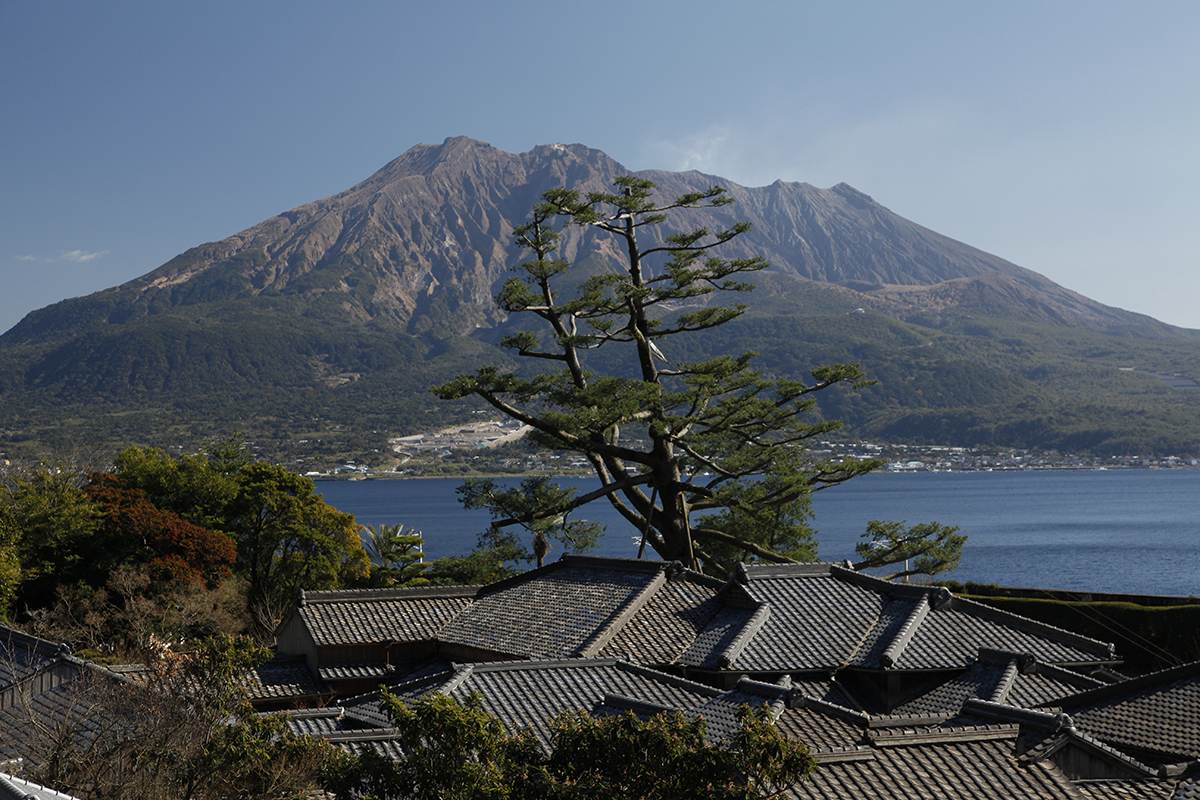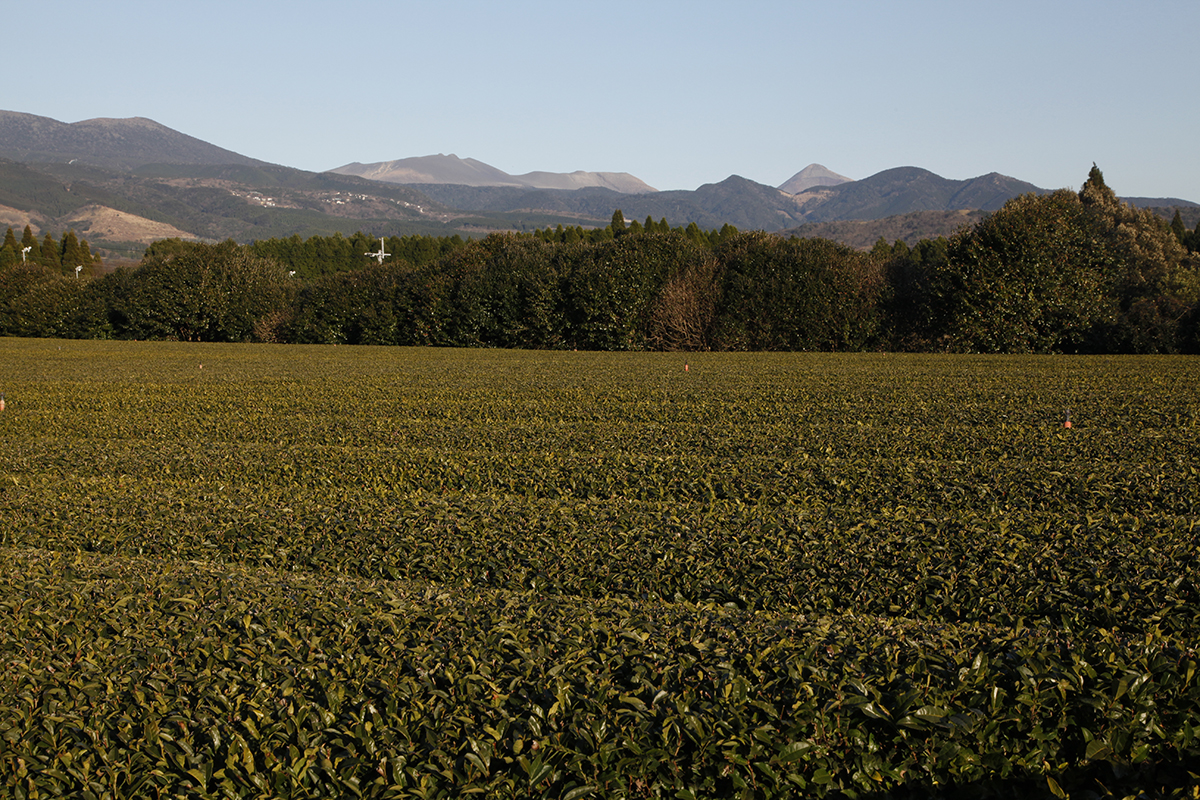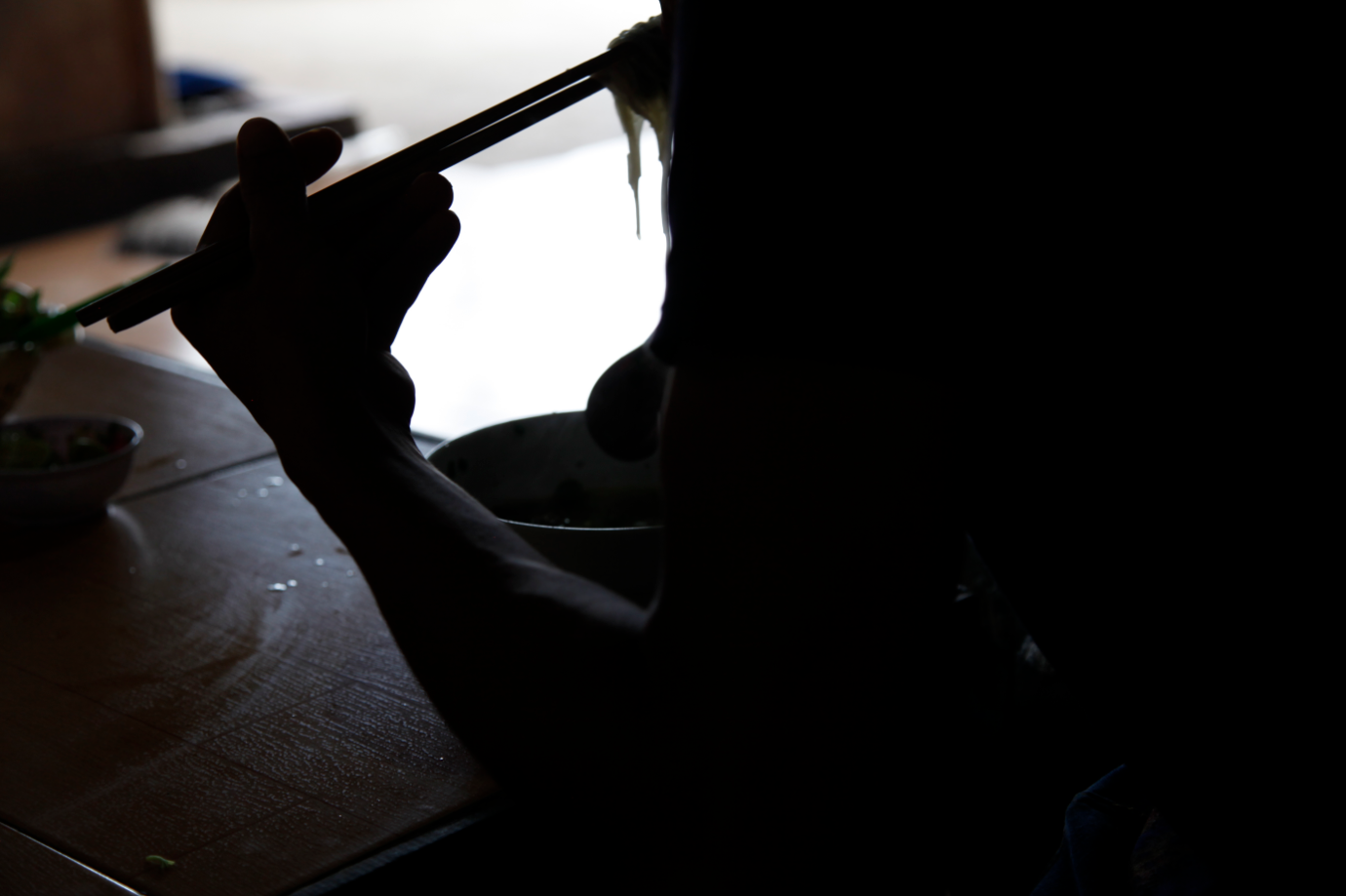It’s exactly 30 years ago this month that my life changed. Nothing had previously marked me out for a life in the tea trade. Palais des Thés opened its first boutique in March 1987, in a small backstreet in the sixth arrondissement of Paris. Then there were two stores, then three, and gradually the brand was born. Our learning progressed at the same rate. We needed to travel, to meet people. And what can I say about the loyalty of our customers, except that it still touches us just as much. Every time we open a new store, I meet customers who remember the beginning, who have been there from the first day, or thereabouts, and I still feel the same emotion.
30 years have passed, and our enthusiasm is not only intact, it is stronger now than when we started. We marvel at what lies ahead. There is a lot to keep us busy. The more you know about a subject as rich and varied as tea, the more you realise just how much you still have to learn. For tea, like for wine, one lifetime is not enough. I’ll get back to you in another 30 years. Before then, we’re preparing for new tastings, meeting new people, discovering new things. We’re ready to continue learning about tea and the people who make it, doing the best we can to bring you what I would love to be the finest selection of premium teas in the world. And doing so with the greatest respect for people and our planet. Not harming either of them; on the contrary, thinking far ahead, about those who will come after us.
And as we watch spring awakening, as we look ahead to the next 30 years, here are some tea plants in flower for you.

